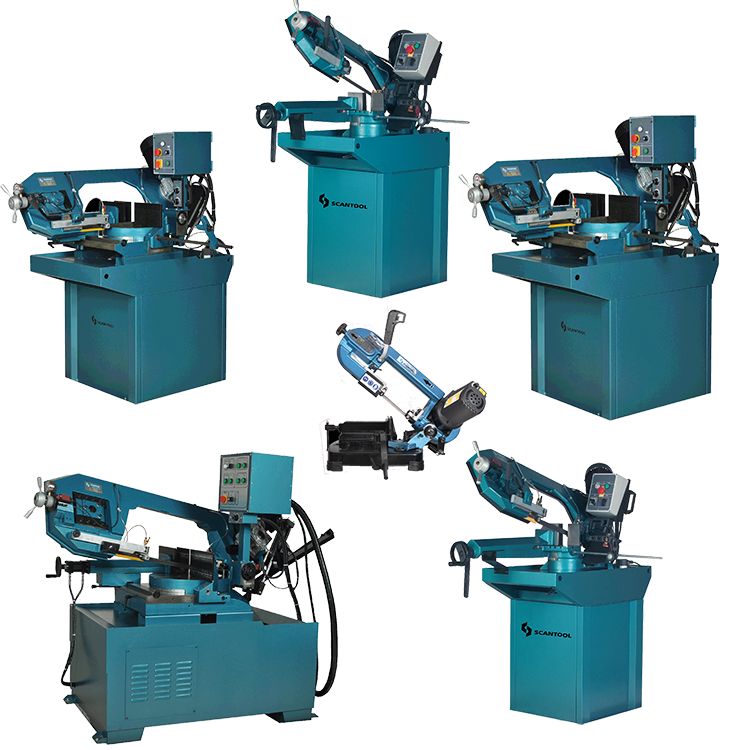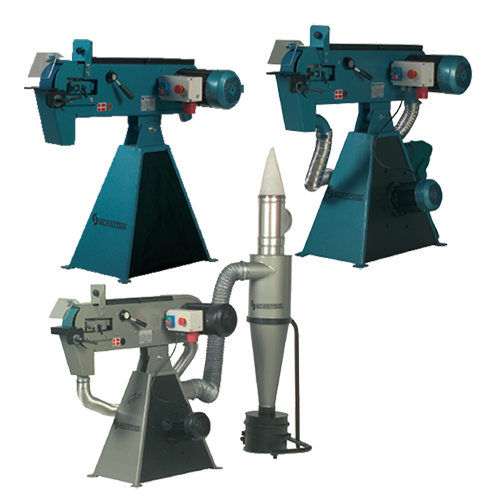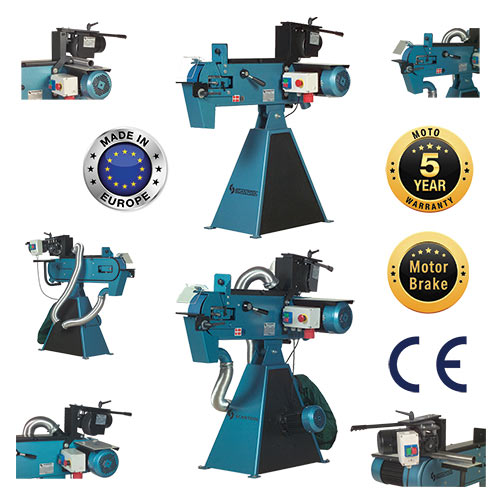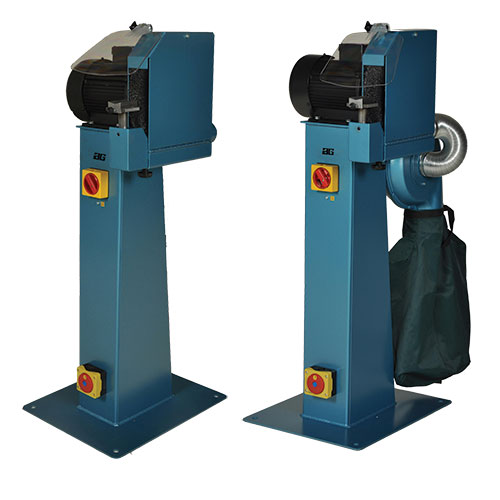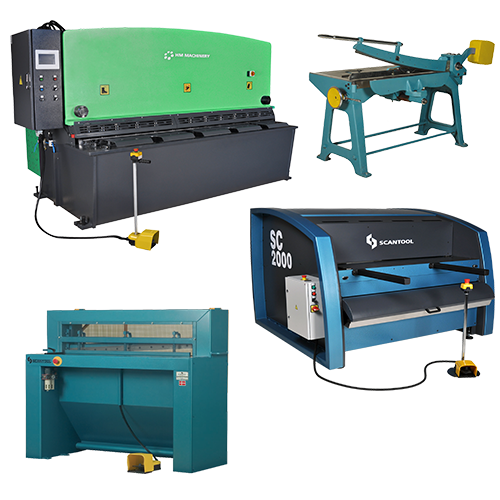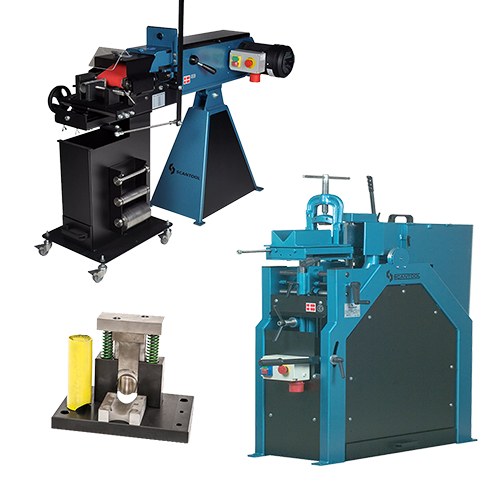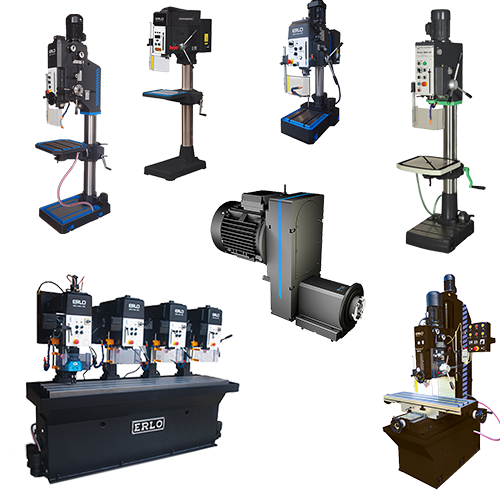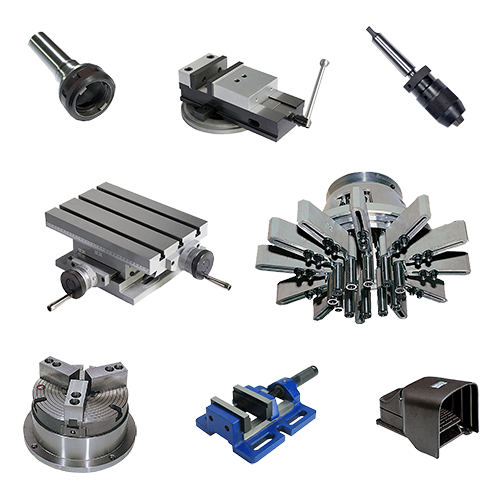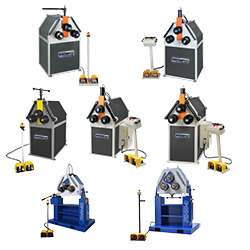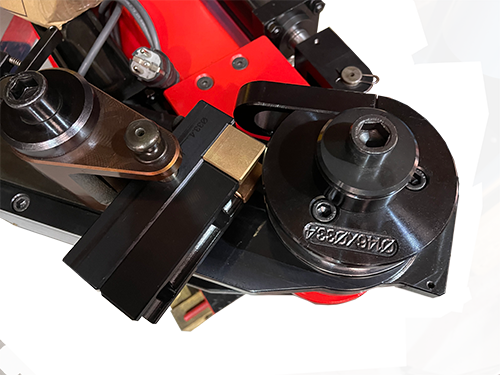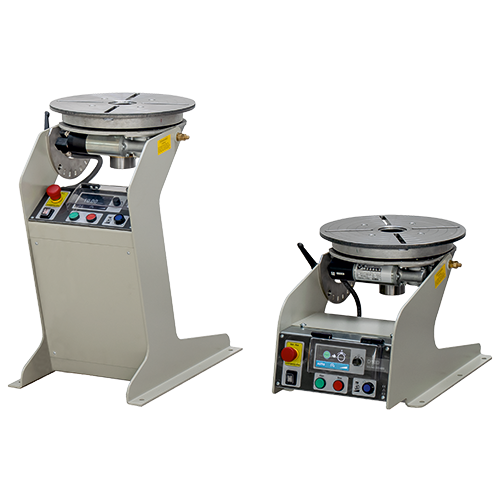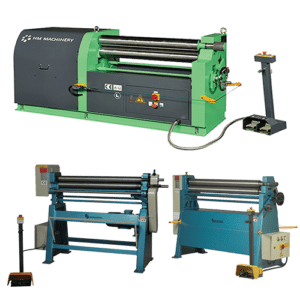Frequently Asked Questions about Plate Rolls and Slip Rolls
Q: What is a plate rolling machine?
A: A machine used to bend metal plates into curved shapes.
A plate rolling machine is designed to roll and bend metal sheets and plates into cylindrical shapes, cones, and other geometric forms. It is commonly used in industries like aerospace, automotive, shipbuilding, and construction for creating components like exhaust systems, structural parts, and large curved sections.
Q: How does a three-roll plate rolling machine work?
A: By pinching and rolling metal sheets between three rolls.
A three-roll plate rolling machine operates by pinching the metal sheet between two vertically opposed rolls while a third roll moves upward to bend the sheet. This method allows for precise control and bending of metal into desired shapes, such as cylinders and cones.
Q: What are the main types of plate rolling machines?
A: Three-roll, four-roll, and two-roll machines.
The main types of plate rolling machines are three-roll machines (initial-pinch and double-pinch), four-roll machines, and two-roll machines. Each type has specific features and is suited for different applications and materials.
Q: What is the difference between slip rolls and plate rolls?
A: Slip rolls are for lighter duty, while plate rolls are for heavy-duty applications.
Slip rolls are designed for rolling thin sheets of metal into smaller diameter tubes and cylinders, making them ideal for light to medium-duty tasks. Plate rolls, on the other hand, are engineered for rolling thicker and wider metal plates, suitable for heavy-duty industrial applications.
Q: Can slip rolls handle thick metal plates?
A: No, they are typically used for thinner sheets.
Slip rolls are generally used for handling sheet metal up to 6 mm thick. They are not designed to roll thicker metal plates, which require the more robust capabilities of plate rolling machines.
Q: What materials can plate rolling machines handle?
A: Various metals, including steel, aluminum, brass, copper, titanium, and nickel alloys.
Plate rolling machines can roll a wide range of materials, each with unique properties. Common materials include carbon steel, stainless steel, alloy steel, aluminum, brass, copper, titanium, and nickel alloys.
Q: How thick can the metal be for plate rolling?
A: Plate rolls can handle metal plates from 1 mm to over 50 mm thick.
Plate rolling machines are capable of rolling metal plates with thicknesses ranging from 1 mm to over 50 mm, depending on the machine’s specifications and capabilities.
Q: What is the maximum width of metal that can be rolled?
A: Plate rolls can handle widths from 1 meter to over 3 meters.
The maximum width capacity of plate rolling machines can vary, but they typically accommodate metal plates from 1 meter to over 3 meters in width, making them suitable for large-scale industrial projects.
Q: Can these machines create special shapes like cones and ellipses?
A: Yes, both slip rolls and plate rolls can create special shapes.
Both slip rolls and plate rolls can be used to create special shapes such as cones and elliptical forms. Plate rolls often come with additional attachments to facilitate the rolling of more complex shapes and achieve precise bends.
Q: What are hardened rolls, and why are they important?
A: Hardened rolls are durable and essential for rolling hard materials.
Hardened rolls are plate rolls treated to achieve a high hardness rating (50-55 Rockwell C). This treatment ensures long-lasting durability and is crucial for rolling harder materials, preventing wear and maintaining performance.
Q: What are the safety features of plate rolling machines?
A: Safety features include emergency stop buttons, safety trip wires, and low-voltage control circuitry.
Plate rolling machines are equipped with various safety features to ensure safe operation. These include emergency stop buttons, safety trip wires, 24-VAC low-voltage control circuitry, and detached operator control consoles.
Q: What industries commonly use plate rolling machines?
A: Aerospace, automotive, shipbuilding, construction, and manufacturing.
Plate rolling machines are used in numerous industries, including aerospace (for aircraft components), automotive (for exhaust systems and structural parts), ship
(for exhaust systems and structural parts), shipbuilding (for hull plates and curved sections), construction (for steel components), and manufacturing (for machinery parts, tanks, and pressure vessels).
Q: Why is operator skill important for using plate rolling machines?
A: Skilled operators ensure optimal performance and precision.
Despite advances in machine technology, skilled operators are still necessary to achieve optimal performance and precision. They are trained to handle the machine’s controls, understand material properties, and execute complex bends accurately.
Q: Can I roll different materials with the same machine?
A: Yes, but specific adjustments and attachments may be required.
You can roll different materials with the same plate rolling machine, but specific adjustments and attachments may be necessary to handle varying material properties and achieve the desired results.
Q: What is the initial investment required for a high-quality plate rolling machine?
A: High-quality machines with advanced features require a substantial investment.
Investing in a high-quality plate rolling machine with advanced features often requires a significant initial investment. These machines are built for durability, precision, and efficiency, making them a worthwhile investment for industrial applications.
Q: Can plate rolling machines handle automated controls?
A: Yes, many machines are equipped with CNC or NC controls.
Many plate rolling machines come equipped with CNC (Computer Numerical Control) or NC (Numerical Control) systems, allowing for automated, repeatable, and accurate operations. This feature enhances productivity and precision, especially for high-volume production.
Q: What should I consider when selecting a plate rolling machine?
A: Material properties, roller hardness, machine type, and safety features.
When selecting a plate rolling machine, consider the material properties (yield strength, tensile strength, width, thickness, and diameter), roller hardness (typically 50-55 Rockwell C), machine type (three-roll, four-roll, or two-roll), and essential safety features (emergency-stop buttons, safety trip wires, low-voltage control circuitry).
Q: How do I maintain a plate rolling machine?
A: Regular maintenance includes cleaning, lubrication, inspection, and alignment.
Proper maintenance of a plate rolling machine is crucial to ensure its longevity, efficiency, and safe operation. Key steps include regular cleaning, lubrication, inspection, alignment, checking safety features, and maintaining detailed maintenance records. Ensuring operators are well-trained also contributes to effective maintenance.
Q: What is the typical lifespan of a plate rolling machine?
A: With proper maintenance, a plate rolling machine can last 20 to 30 years or more.
The lifespan of a plate rolling machine depends on its quality, frequency of use, and maintenance practices. High-quality machines, when properly maintained, can typically last between 20 to 30 years or even longer, providing reliable service for many years.
Q: What are the installation requirements for a plate rolling machine?
A: Proper space, foundation, electrical setup, and safety measures are essential.
Installing a plate rolling machine requires careful planning to ensure it operates efficiently and safely. Key requirements include adequate space, a stable and level foundation, proper electrical setup, and comprehensive safety measures. Ensuring compliance with local regulations and following the manufacturer’s installation guidelines is also crucial.
Q: How do I choose the right plate rolling machine?
A: Consider your material, thickness, width, and specific application needs.
Choosing the right plate rolling machine involves evaluating material properties, thickness and width requirements, specific application needs, production volume, budget, available space, and necessary safety features. By carefully assessing these factors, you can select a machine that meets your needs and enhances your production capabilities.


